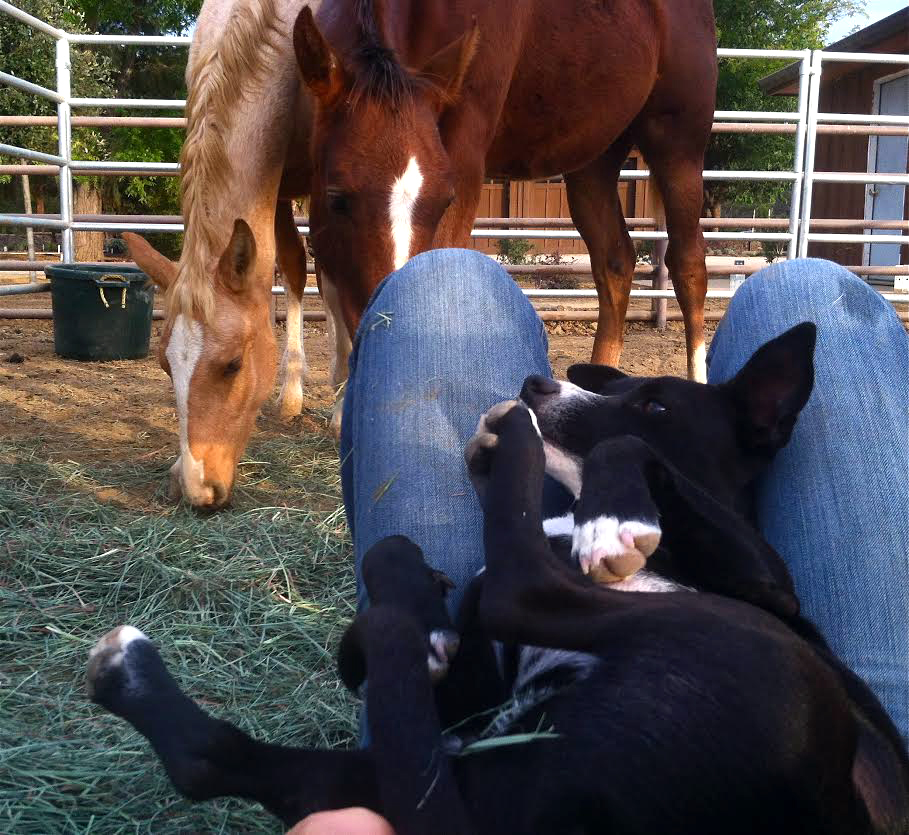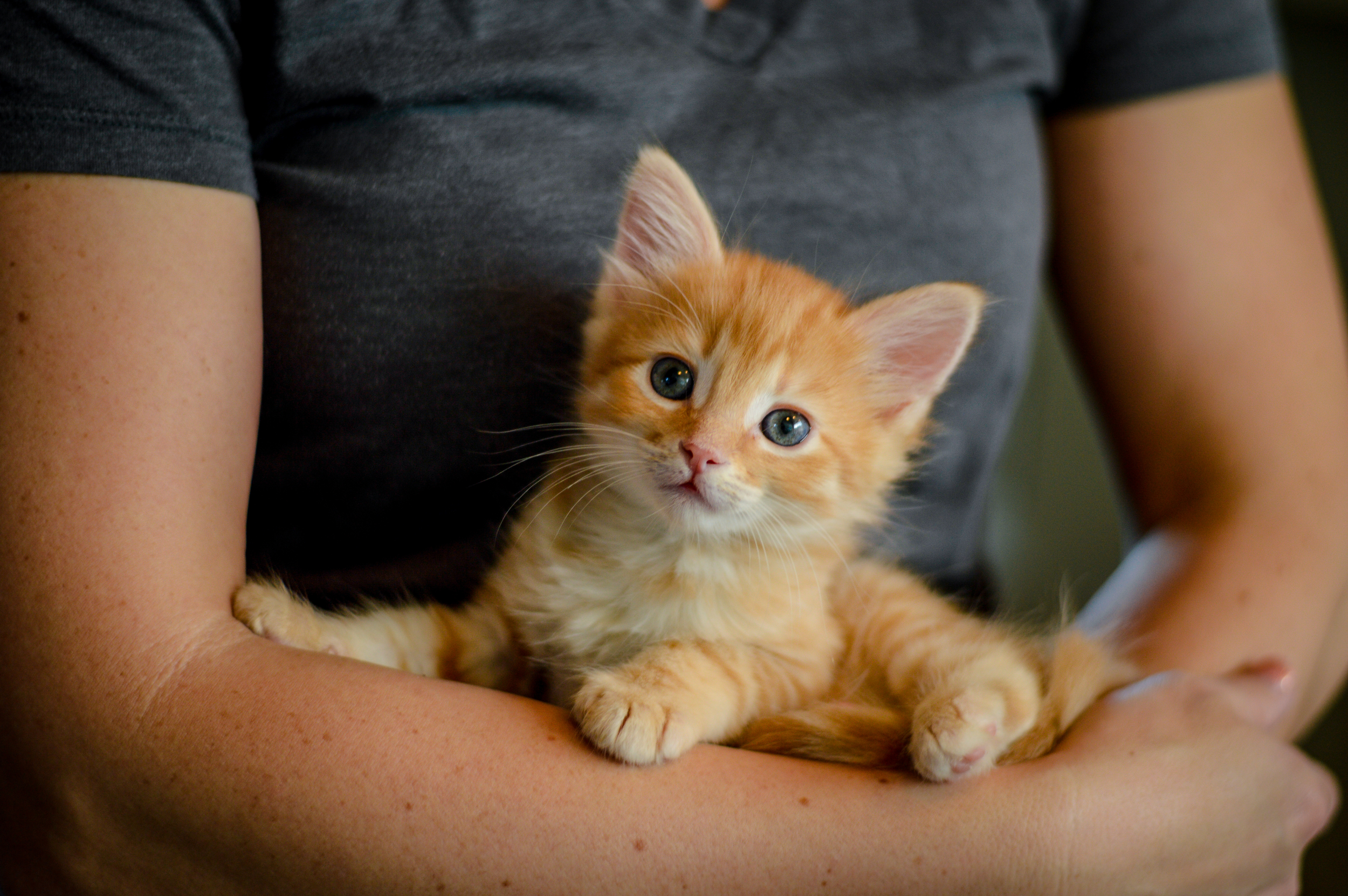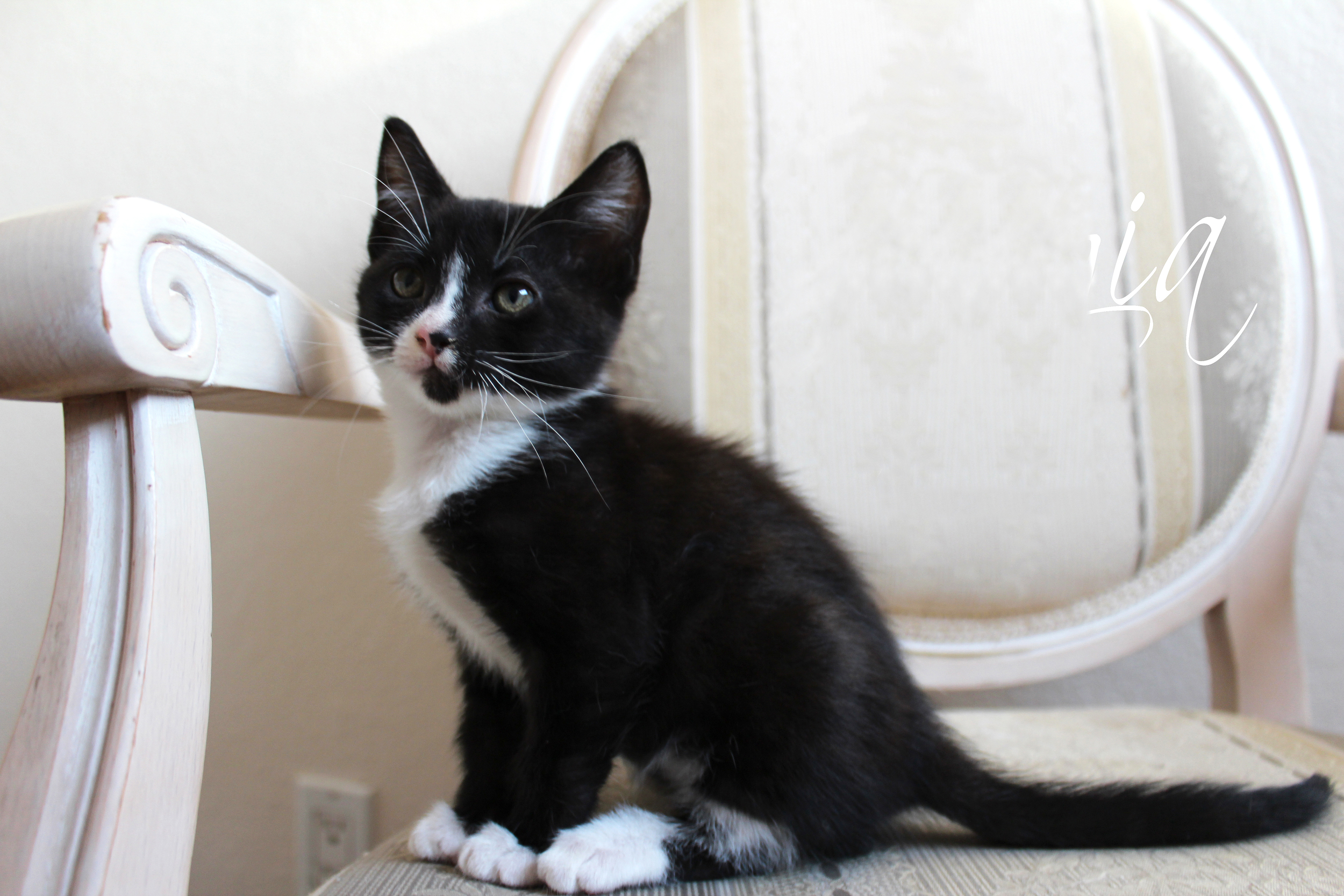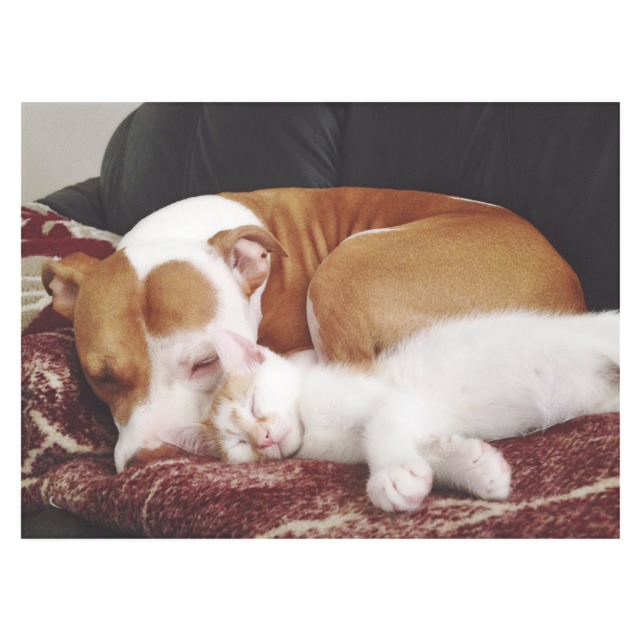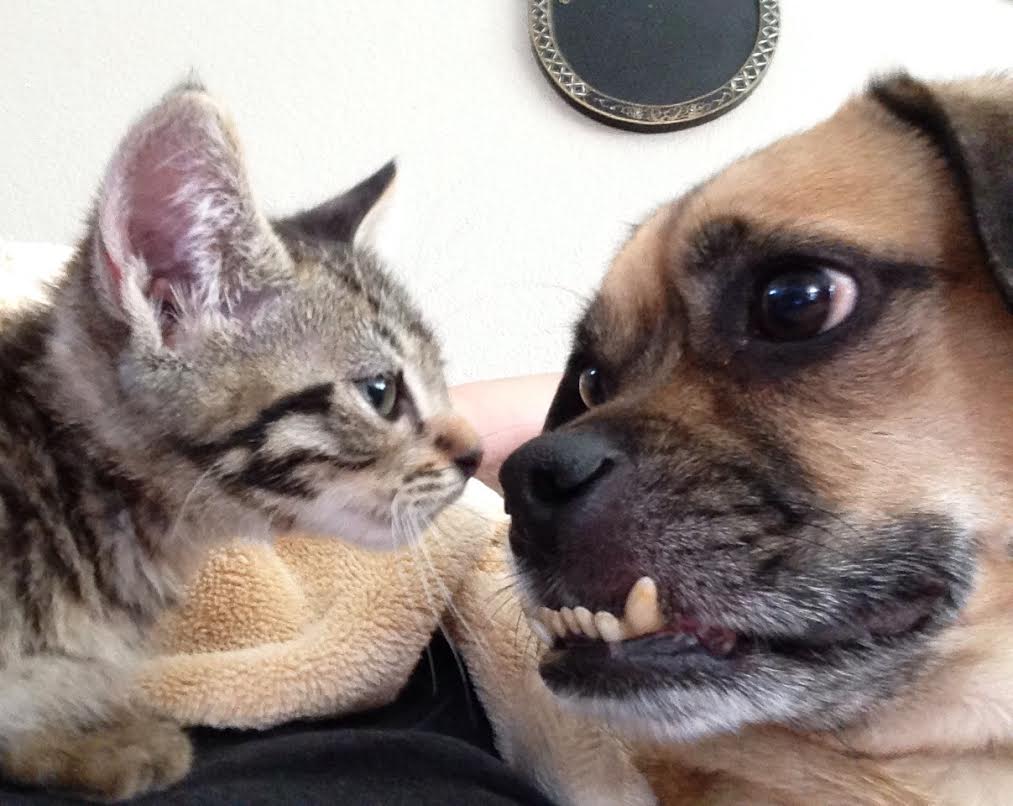Cats are naturally territorial and introducing unfamiliar cats to each other can take weeks, or even months. Follow the steps below to help ensure a successful introduction. Have patience and give it time.
Day 1) Settle the new cat in a small room (like a bathroom) with litterbox, food, water, toys, and a safe place to hide (such as a cat carrier with a towel inside).
Week 1) Let the new kitty become comfortable there for 3 or 4 days. Do not allow the cats to interact during this time. It is fine for the resident cat to be sniffing under the door and investigating.
Switch bedding and other items that have the scent of each of the cats on them. This way each cat can become used to the scent of the other without meeting face to face.
Spend quality time with each cat on either side of the door - petting, playing, relaxing. Again, they will be aware of each other, in a non-stressful situation. This is often reassuring to both of them.
Week 2) If there is no intense hissing from either cat (i.e. loud hissing with wide open mouth and teeth showing, or multiple hisses), prop the door open just about an inch to allow the cats to view each other without being able to make contact. Leave the door like this for a few days. Watch their interactions; if no serious hissing or aggression is noted, then it’s time for the next step. EXTRA STEPS FOR A SHY KITTY: If the new cat is shy, the introduction must be taken more slowly. He will need extra time to “settle” into his new environment, and to feel comfortable in his “safe” room. It may be necessary to repeat the introduction and separation program several times. This separation time is also an excellent time for you to spend time bonding with each cat, one at a time, so that they do not over-bond to each other.
Week 3) Open the door and allow the cats to interact on their own time. Do not force either cat to go from one space to another.
Supervise their interactions. Only let them interact for short sessions: 10 to 15 minutes at a time. Then separate them again. Do this several times a day until you are sure they are tolerating the presence of the other cat, and not fighting, chasing, or watching the other cat intensely. Do not leave them alone together until you are reasonably certain that they will not hurt one another.
Sometimes it helps to distract the cats with several toys but keep the toys four or more feet apart when playing. Sometimes cats play so hard, that they forget to be upset about the other cat and start to become accustomed to the other cat’s presence. There may be rivalry for toys, so this may not always work. Treats may help alleviate this situation-give them treats in the presence of the other cats, to distract and reward them—when they are not hissing.
If at any point intense hissing occurs, or either cat is growling, go back to the previous step for a few more days before moving forward. Continue to keep them separate for as long as it takes the upset cat(s) to settle down. Other signs of stress are: not eating, not using the litterbox appropriately, over grooming, etc. This may mean that the separation needs to last a week or more.
Some cat to cat introductions go very smoothly, while others may take weeks or months before the cats learn to tolerate each other. This is normal. The best thing to do is to go as slowly as necessary - don’t rush the introduction. We all want our cats to get along well, and quickly. But, please remember that you are hoping and working for a very long term relationship; being patient at first will pay off! Rushing the introduction will often cause serious problems which may take longer to solve.
Finally: most cats will adjust to living within a multi cat household. Like people, some will enjoy it more than others. Patience on the part of all concerned will be more likely to produce an enduring peace than anything else. Enjoy your kitties!
If you have any questions during the introductory period please feel free to email adopt@tcrescue.com for advice!
Reference: Source unknown, but we didn't write it!








